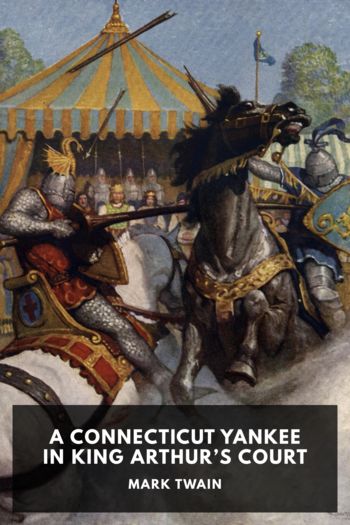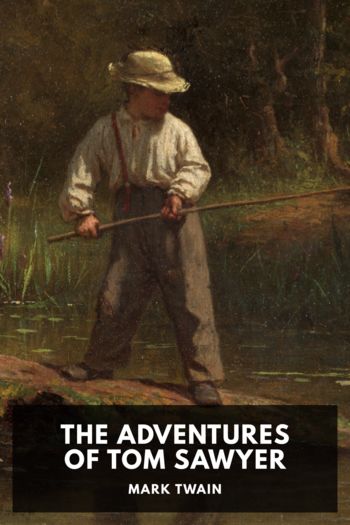A Connecticut Yankee in King Arthur’s Court by Mark Twain (my reading book .TXT) 📕

Description
A Connecticut Yankee in King Arthur’s Court is one of Mark Twain’s most enduring novels. During a stay at a modern-day English castle, the narrator meets a mysterious stranger. The stranger, Hank Morgan, is an engineer from Connecticut, and proceeds to weave a satirical, biting, and hilarious tale of how he traveled back in time to find himself in the court of the legendary King Arthur. There he uses his modern-day knowledge to convince the locals that he’s a powerful magician. As the book progresses, Hank modernizes—and Americanizes—the lives of the locals.
Twain’s talent for humor and satire are on full display in Yankee, and he doesn’t waste the opportunity to use Hank as a mouthpiece for his views on things like politics, capitalism, and justice. Many consider it to be his best work.
Read free book «A Connecticut Yankee in King Arthur’s Court by Mark Twain (my reading book .TXT) 📕» - read online or download for free at americanlibrarybooks.com
- Author: Mark Twain
Read book online «A Connecticut Yankee in King Arthur’s Court by Mark Twain (my reading book .TXT) 📕». Author - Mark Twain
Marinel took the patients as they came. He examined the candidate; if he couldn’t qualify he was warned off; if he could he was passed along to the king. A priest pronounced the words, “They shall lay their hands on the sick, and they shall recover.” Then the king stroked the ulcers, while the reading continued; finally, the patient graduated and got his nickel—the king hanging it around his neck himself—and was dismissed. Would you think that that would cure? It certainly did. Any mummery will cure if the patient’s faith is strong in it. Up by Astolat there was a chapel where the Virgin had once appeared to a girl who used to herd geese around there—the girl said so herself—and they built the chapel upon that spot and hung a picture in it representing the occurrence—a picture which you would think it dangerous for a sick person to approach; whereas, on the contrary, thousands of the lame and the sick came and prayed before it every year and went away whole and sound; and even the well could look upon it and live. Of course, when I was told these things I did not believe them; but when I went there and saw them I had to succumb. I saw the cures effected myself; and they were real cures and not questionable. I saw cripples whom I had seen around Camelot for years on crutches, arrive and pray before that picture, and put down their crutches and walk off without a limp. There were piles of crutches there which had been left by such people as a testimony.
In other places people operated on a patient’s mind, without saying a word to him, and cured him. In others, experts assembled patients in a room and prayed over them, and appealed to their faith, and those patients went away cured. Wherever you find a king who can’t cure the king’s-evil you can be sure that the most valuable superstition that supports his throne—the subject’s belief in the divine appointment of his sovereign—has passed away. In my youth the monarchs of England had ceased





Comments (0)